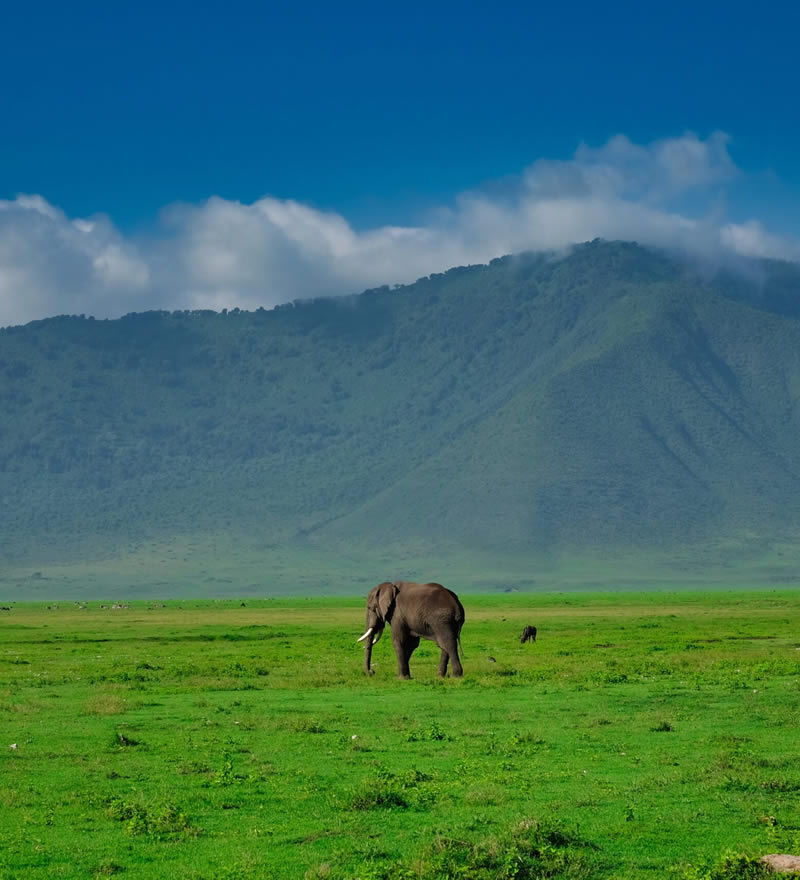Ngorongoro Conservation
- Home
- Ngorongoro Conservation

Ngorongoro Conservation
Ngorongoro Conservation Area is located in Tanzania, 185km from Arusha. The area was gazetted as a protected area in 1959 and as a UNESCO world heritage site in 1979. The place was named Ngorongoro crater due to the sizeable inactive caldera, which hosts different species of mammals and birdlife. Ngorongoro crater is one of the famous tourism destinations.
Ngorongoro conservation area also protects the geological site; the Olduvai Gorge, which is a steep-sided ravine in the Great Rift Valley, which stretches along eastern Africa considered to be the seat of humanity after the discovery of the earliest known specimens of the human genus, Homo habilis as well as early Hominidae, such as Paranthropus boisei. Many research has been carried out in the place trying to understand the prehistoric evolution of humanity.
Visitors can enjoy a great diversity of the ecosystem in the crater, which hosts over 25,000 mammals, including all the big five: lions, elephants, buffaloes, leopard, and rhinos, among others like blue wildebeests, grants gazelles, Thompson’s gazelles, waterbucks, impalas, giraffes, topi, crocodiles cheetahs and African wild dogs. Lake Magadi, located within the Ngorongoro Conservation area, hosts lesser flamingos.
The best time to visit is when the scenery is lush and spectacular, and the game drive is out of the world, which is June to September.

